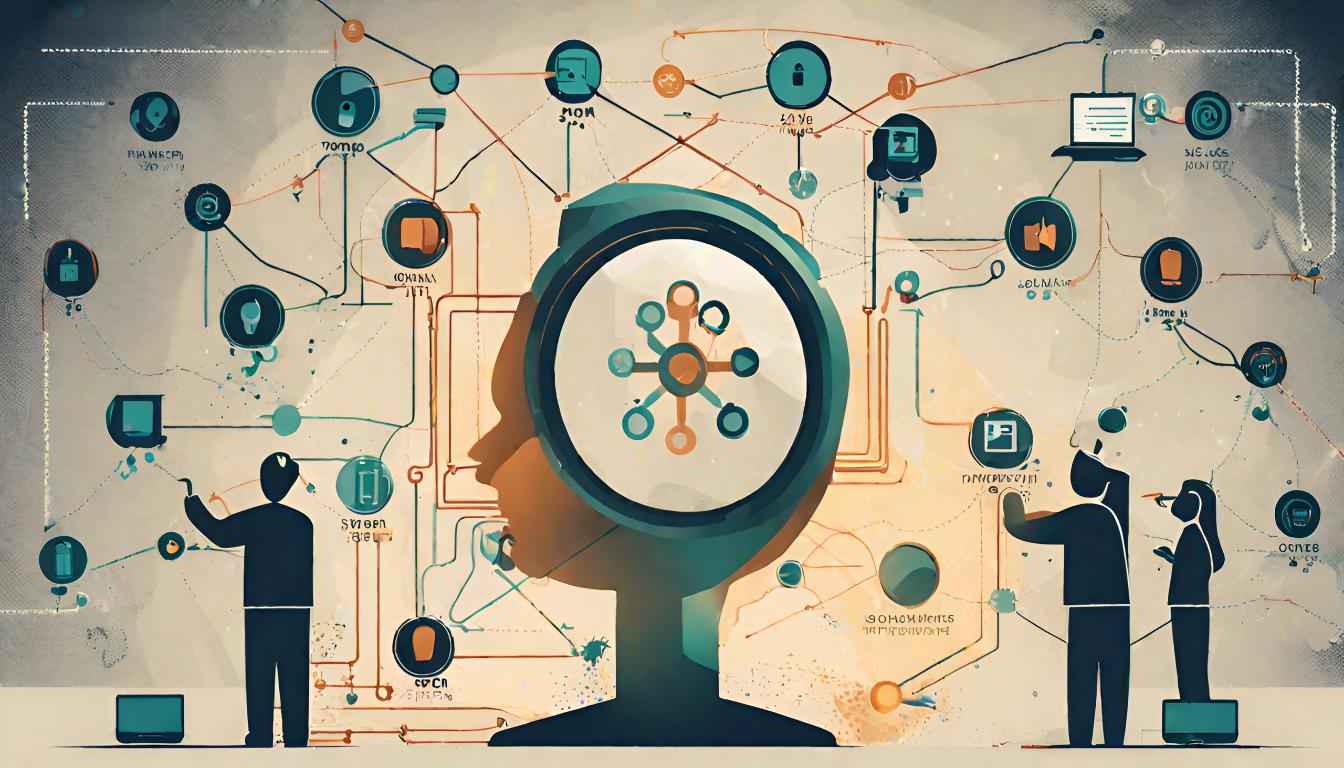
Verständnis von NIS2: Vereinfachung des Netzwerkinformationsdienstes für den täglichen Gebrauch
Haben Sie sich jemals gefragt, wie Ihr Computer weiß, wer Sie sind, wenn Sie sich anmelden? Oder wie er es schafft, alle verschiedenen Benutzer und Gruppen in einem Netzwerk im Auge zu behalten? Die Antwort liegt in einem System namens NIS, oder Network Information Service. Aber was genau ist NIS und wie funktioniert es? In diesem Blogbeitrag werden wir NIS2, die verbesserte Version von NIS, erkunden und seine Schlüsselkonzepte in verständlicher Sprache erklären.
Was ist NIS?
IStellen Sie sich vor, Sie haben eine große Familie mit vielen Mitgliedern, von denen jeder einen einzigartigen Namen und eine einzigartige Rolle hat. NIS ist wie ein Hauptverzeichnis oder ein Telefonbuch, das all diese Namen und Rollen an einem zentralen Ort verwaltet. Es speichert Informationen über Benutzer, Gruppen und andere netzwerkbezogene Daten, damit Ihr Computer diese Informationen bei Bedarf leicht finden und darauf zugreifen kann.
Die Einführung von NIS2: Die nächste Generation
NIS2 ist eine verbesserte Version des ursprünglichen NIS-Protokolls, das die Einschränkungen und Sicherheitsbedenken seines Vorgängers adressiert. Denken Sie an NIS2 als eine neue und verbesserte Version Ihrer Lieblings-App, mit zusätzlichen Funktionen und verbesserten Sicherheitsmaßnahmen, um Ihre Informationen sicher zu halten.
Verbesserte Sicherheitsfunktionen
Eine der Hauptverbesserungen in NIS2 sind seine stärkeren Sicherheitsmechanismen. Es verwendet fortschrittliche Verschlüsselungs- und Authentifizierungstechniken, um sicherzustellen, dass sensible Informationen, die über das Netzwerk übertragen werden, sicher und vor unbefugtem Zugriff geschützt bleiben. Es ist wie das Hinzufügen einer zusätzlichen Sicherheitsschicht zu Ihrer Haustür, um Eindringlinge draußen zu halten.
Verbesserte Leistung und Skalierbarkeit
NIS2 ist auch effizienter und skalierbarer als das ursprüngliche NIS-Protokoll. Es kann größere Netzwerke und höhere Volumina von Netzwerkverkehr bewältigen, ohne sich zu verlangsamen oder Leistungsprobleme zu erfahren. Es ist wie ein Upgrade von einem kleinen Familienauto auf einen geräumigen SUV, der mehr Passagiere und Fracht aufnehmen kann, ohne ins Schwitzen zu kommen.
Rückwärtskompatibilität
Eine der großartigen Eigenschaften von NIS2 ist, dass es abwärtskompatibel mit dem ursprünglichen NIS-Protokoll ist. Das bedeutet, dass Systeme, die NIS2 unterstützen, nahtlos mit älteren NIS-Systemen kommunizieren und zusammenarbeiten können, um reibungslose Übergänge und Kompatibilität in verschiedenen Netzwerkumgebungen zu gewährleisten.
Komplexe Konzepte einfach erklärt
Kurz gesagt, ist NIS2 wie ein digitaler Rollodex für Ihren Computer, der ihm hilft, Benutzer, Gruppen und andere Netzwerkinformationen auf sichere und effiziente Weise zu verwalten. Mit seinen verbesserten Sicherheitsfunktionen, seiner verbesserten Leistung und seiner Rückwärtskompatibilität ist NIS2 die Lösung zur Verwaltung von Netzwerkinformationen in modernen Computerumgebungen.

Zusammenfassend lässt sich sagen, dass NIS2 zwar wie ein komplexes technisches Konzept klingen mag, aber eigentlich recht einfach ist, wenn man es in verständliche Begriffe zerlegt. Es geht darum, die Verwaltung von Netzwerkinformationen für den täglichen Gebrauch einfacher, sicherer und effizienter zu gestalten. Also, das nächste Mal, wenn Sie sich an Ihrem Computer anmelden, denken Sie daran, dass im Hintergrund NIS2 hart daran arbeitet, Ihre Informationen organisiert und sicher zu halten.



